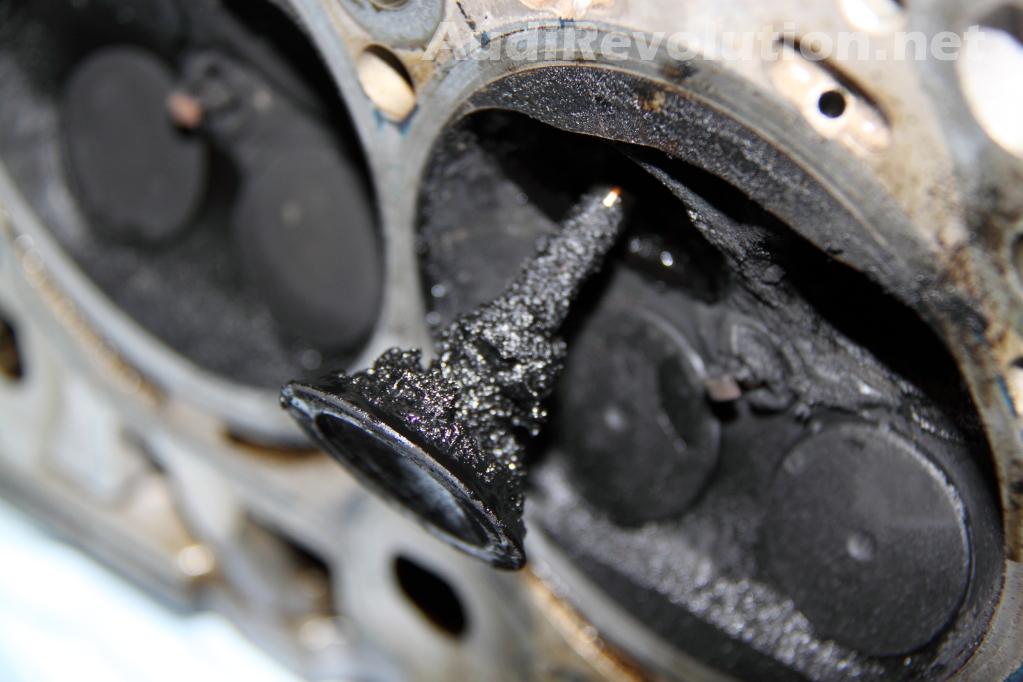In 2006 Volkswagen (2005 for some Audis) began widely using direct injection engines in their vehicles. Direct injection sprays atomized fuel directly into the cylinder, allowing for very precise control over the quantity and timing of the injection event. The precise control over fueling allows higher compression ratios which adds up to better fuel mileage and much improved performance versus port injection motors of the past.
What does this port versus direct injection really mean??? Both systems use computer-controlled electric injectors to spray fuel into the engine, but the difference is where they spray the fuel. Port injection sprays fuel in the intake manifold ports where it mixes with the incoming air. The injectors are mounted in the intake manifold runners and the fuel sits in the runners till the intake valve opens and the mixture is pulled into the engine cylinder. Direct injection has the injectors mounted in the cylinder head and the injectors spray much higher pressure fuel directly into the engine cylinder, where it then mixes with the air. This technology has been used in the diesel engines for decades with great success and has finally carried over into the gasoline world.
There is one major caveat to the direct injection technology. The intake valves that would typically get regular cleaning from the injectors firing now only see air mixed with PCV crankcase fumes that create a carbon deposit on top of the valves. This carbon sludge deposit continues to build up over time slowly robbing the efficiency and performance of the engine. Most over the counter products such as Seafoam or any fuel injection cleaners are not effective at cleaning this buildup. Eventually the deposits get bad enough where the car will suffer from cold start misfires that will eventually cause a check engine light (CEL). When this occurs the only option is to manually clean the intake ports and valves.
There are a few options that shops use to remove the intake carbon buildup. When we first started seeing this in direct injection motors years ago, we started using chemical solvents to loosen the material and manually scrape the intake ports and valves. Another much friendlier option became available that uses crushed walnut shell media to blast the ports squeaky clean. Once we invested in the equipment, we were able to do a much more efficient cleaning all while keeping our technicians safer by not being exposed to the harsh chemicals needed to break down the carbon. While we still close the intake valves to keep material from entering the cylinder, any excess shell material burns off naturally during startup.
Many manufacturers have decided to use direct injection technology into their lineup, so this is not a VW/Audi specific issue. The industry has not decided on a specific cleaning interval however we have seen motors with only 50k miles start to show cold start misfires. With customer cars here at the shop, we see the worst buildup in cars that are regularly driven short distance commutes (typically not reaching and/or maintaining operating temperature) so mixing a road trip every now and then is actually healthy for the engine.
Many customers will request before and after photos of their intake ports and they can’t believe the amount of sludge that has gathered there. Fortunately, once we perform the service their power and fuel economy is restored to like-new.

